Hey guys! We're Creatrip. We bring you info on Korea so you can travel like a local.
The Korean cultural theme about to be discussed today is a bit heavy. South Korea has had several shocking safety/infrastructure accidents in the past that had stunned the whole world. Hopefully, these events have been a bitter lesson for Korea so that such tragedies will never occur again.
Major Korean Accidents
1. The Sinking of Sewol Ferry
- 2014 April 16
- 304 Killed, 5 Missing
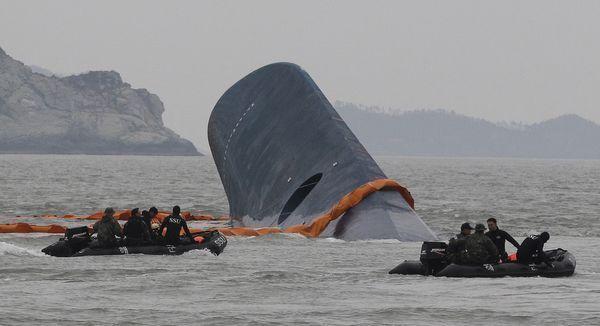 Joongang Daily
Joongang Daily
The most unfortunate South Korean disaster happened just five years ago. The Sewol Ferry was transporting Danwon High School students to Jeju Island. The ship had gradually started to sink, but the captain had urged the everyone to remain calm and stay put. Unfortunately, it was too late when most onboard realized that they instead should have been evacuating.
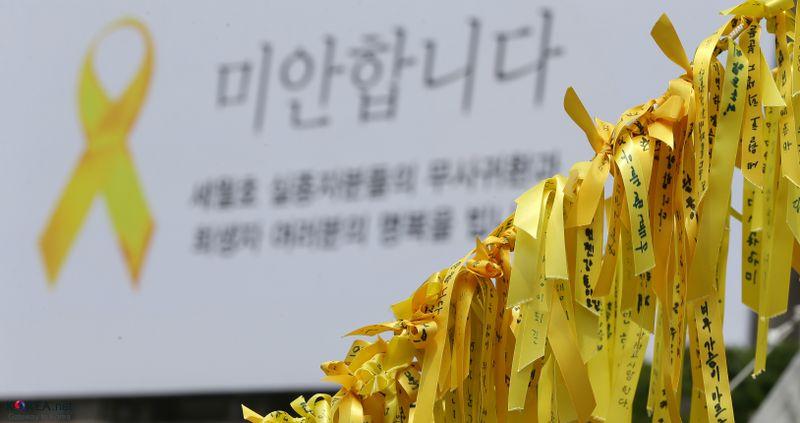
The blame for the incident quickly rose to the nation's leaders. Many criticized the government for their ineffective response. Corruptions and deeply imbedded issues within the Korean system were revealed, which eventually had a large role in the impeachment and imprisonment of President Park Geun-hye.
The sad truth, however, is that nothing can bring back the lives of more than 300 innocent human beings. South Korea can only strive to address its underlying problems and ensure that something like this never happens again.
The Collapse of Sampoong Department Store
- 1995 June 29
- 502 Killed

The Sampoong Department Store was located in Seocho, Seoul. It was originally used as an office building but it was temporarily changed into a department store. The building structure had many issues due to poor construction, but all the problems were ignored. That is, until the building collapsed from the fifth floor to the basement floor in the middle of the day.
Before the 2013 Rana Plaza factory collapse, the Sampoong Department Store was the most tragic building collapse in the world.
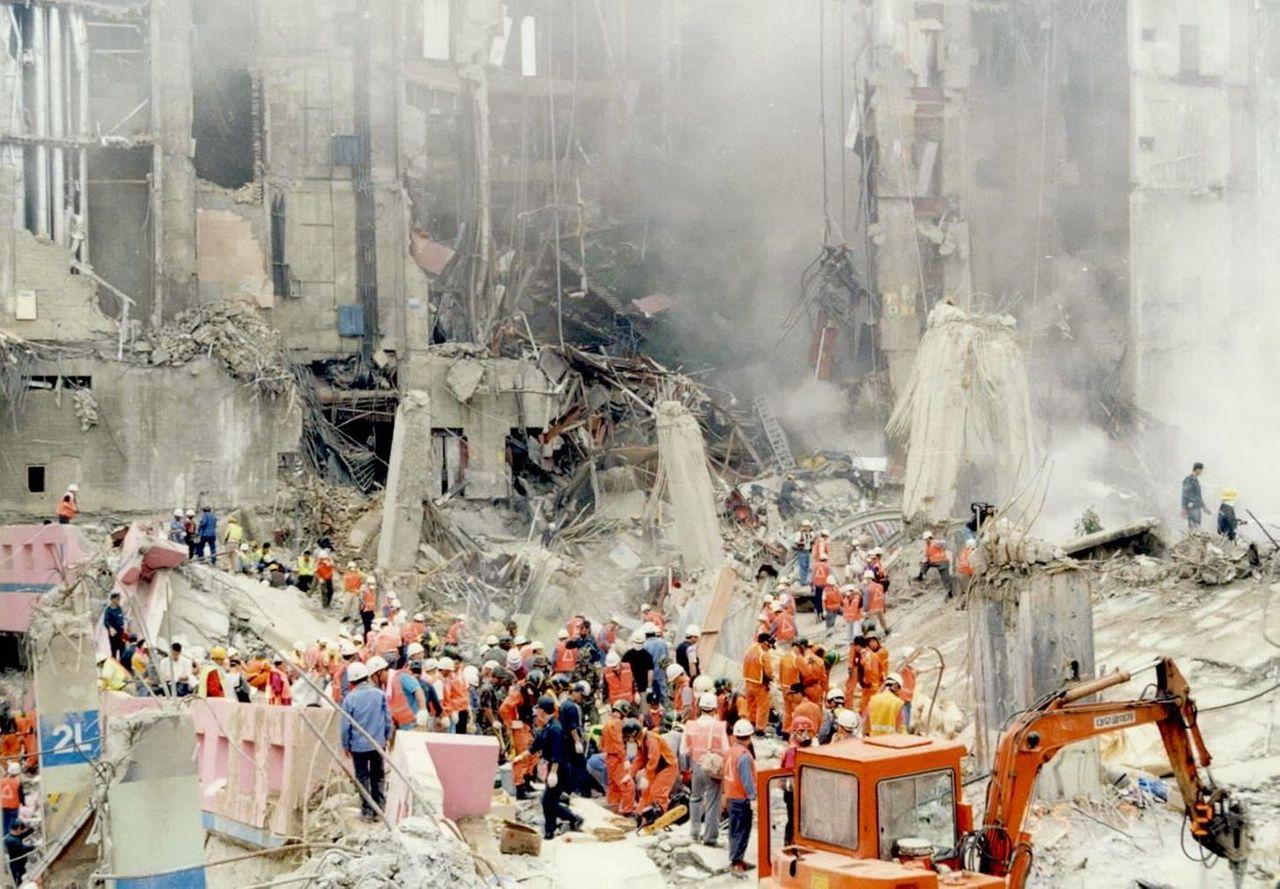
The disaster took more than 500 lives. The disaster also prompted South Korea to inspect the safety requirements of building structures for the first time.
The South Korean government rigorously inspected the nation's buildings after the event. About one-seventh of the buildings had to be demolished and rebuilt as a result. Most other buildings were required to undergo massive repair. Only 2% of the buildings were determined to be actually safe.
3. The Collapse of the Seongsu Bridge
- 1994 October 21
- 32 Killed
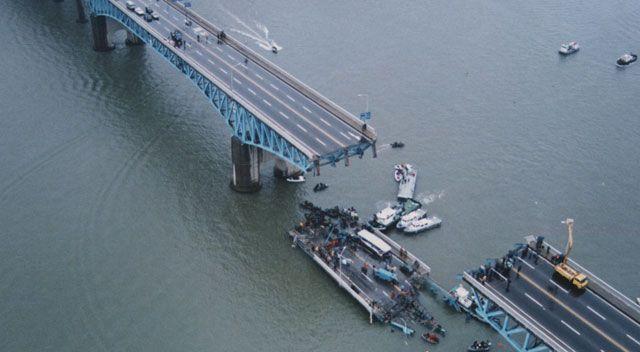 SBS
SBS
Due to construction companies cutting corners and metal rusting, Seongsu Bridge collapsed while vehicles were still passing through. 32 Koreans were killed. The accident shocked the nation, and President Kim Yeongsam immediately dismissed the mayor of Seoul from his position.
 Namu Wiki
Namu Wiki
4. MERS
- 2015
- 186 Diagnosed, 38 Killed
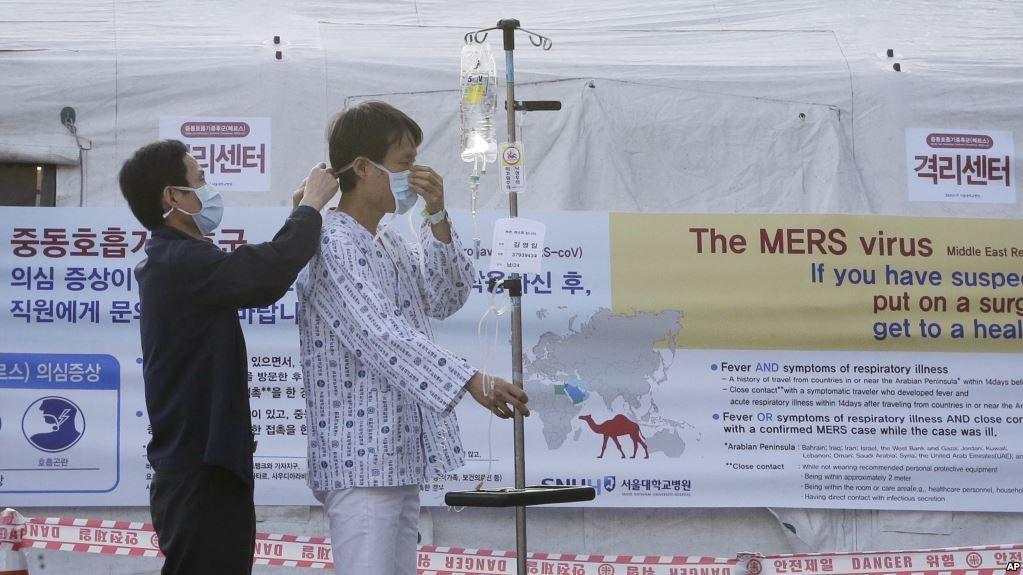 VOACHINESE
VOACHINESE
The pandemic of MERS swept fear and panic across the nation.
South Korea had paid very little heed to public health before, and thus became the only non-Middle Eastern country with the MERS problem in 2015.
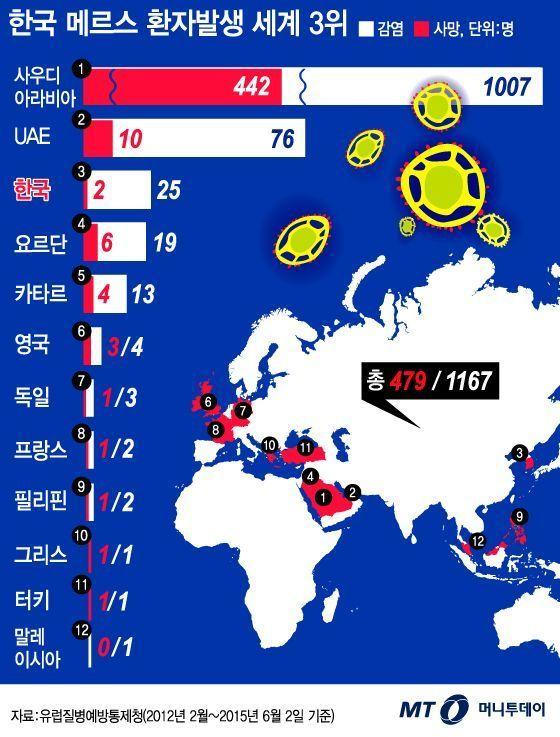 머니투데이
머니투데이
Although Korean medical technology is quite advanced, health management and public health is relatively backwards. Although mandatory regulations for wearing masks in the emergency room and other sanitary practices have been put in place, this has only occurred in the past three years after the outbreak of the MERS epidemic in 2015.
5. Daegu Gas Explosion
- 1995 April 28
- 102 Killed
 Photo News
Photo News
During the construction of Daegu Metro Line 1, workers had accidentally destroyed a gas pipeline, causing a massive explosion that destroyed the line and surrounding facilities. Among the 102 innocent lives taken, 42 of them account for teachers and students from the nearby Yeongnam Middle School.
6. Daegu Subway Fire
- 2003 Feb 18
- 192 Killed
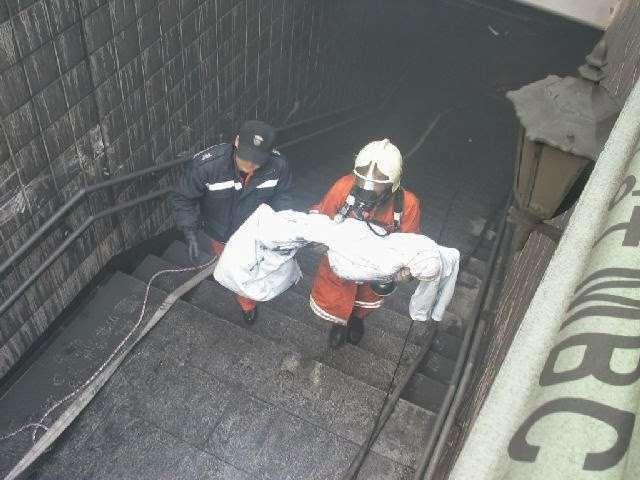
Less than 20 years ago, a subway caught fire in Daegu. After the train on fire entered the station, the platform was quickly turned into a sea of fire. The worst part about this accident is that the driver of the train told the passengers to remain calm and stay in the car before taking the train keys when escaping, ultimately locking the doors and trapping the passengers inside.
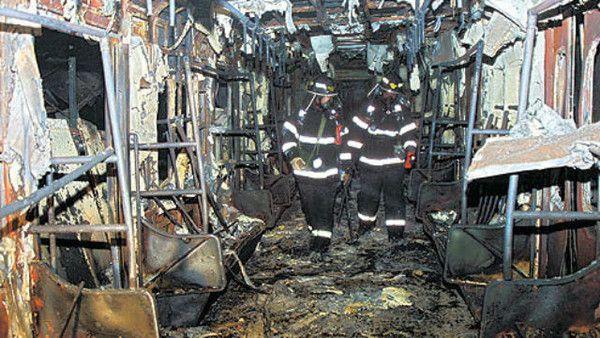
The helpless passengers were trapped in the fire. The incident is truly a major tragedy in East Asian public transportation.
7. Icheon Warehouse Explosion
- 2008 January 07
- 40 Killed
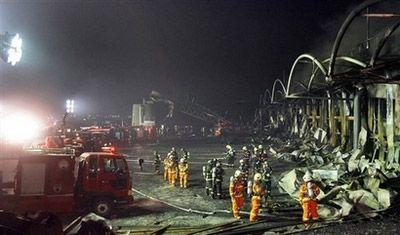 SINA
SINA
The Icheon Freezing Plant explosion happened more than a decade ago now. The spark of construction ignited many chemical agents on the scene, causing a series of explosions. The workers present had little chance of escape. Of the 40 victims, more than 10 were Chinese workers.
 SINA
SINA
8. Milyang Sejong Hospital Fire
- 2018 Jan 26
- 37 Killed
 Associated Press
Associated Press
Last year's Milyang Sejong Hospital fire started in the the emergency room on the first floor, but then quickly spread throughout the hospital building. Although the fire was controlled two hours later, 37 people were killed. There were issues with vital personnel abandoning their responsibilities and escaping the scene, ineffective fire-fighting equipment, etc.
0.jpg) Associated Press
Associated Press
About a month before the fire broke out, another fire at the Jecheon Sports Center had taken 29 lives. Pressures are put on the current Korean president, Moon Jae-in: has South Korea learned anything from its terrible tragedies in the past, or are all the "improvements" just for political slogans?
9. Conclusion
The tragedies mentioned in this list have in common several fundamental issues that are underlying in Korean society.
First, the power of authority and their lack of responsibility/decision-making.
Many of these tragic deaths could have been avoided if only the Captain, the Doctor, and Driver, or the Dean had taken more responsibility to ensure the people's safety. We've seen it in Sewol, the Daegu subway, and even the hospital fire: the authority in charge chooses to abandon their responsibilities and ultimately allow the awful deaths of innocent lives.
Second, the Korean people's low sense of crisis.
Whether it comes to public health or safety requirements, Koreans have a dangerously dismissive attitude. This lack of precaution seems to be the prevailing reason behind allowing issues to go unaddressed until it's far too late.
Third, the obsession with speed and growth.
The Miracle of Han River was the catalyst to a massive expansion of the Korean economy. Koreans were elated, more eager than ever to grow further, better, faster. Details weren't so important as long as everything was efficient and growing.
The tragedies of Seongsu Bridge and the Sampoong Department Store showcase the disastrous consequences of this tunnel-visioned obsession with growth and success.

